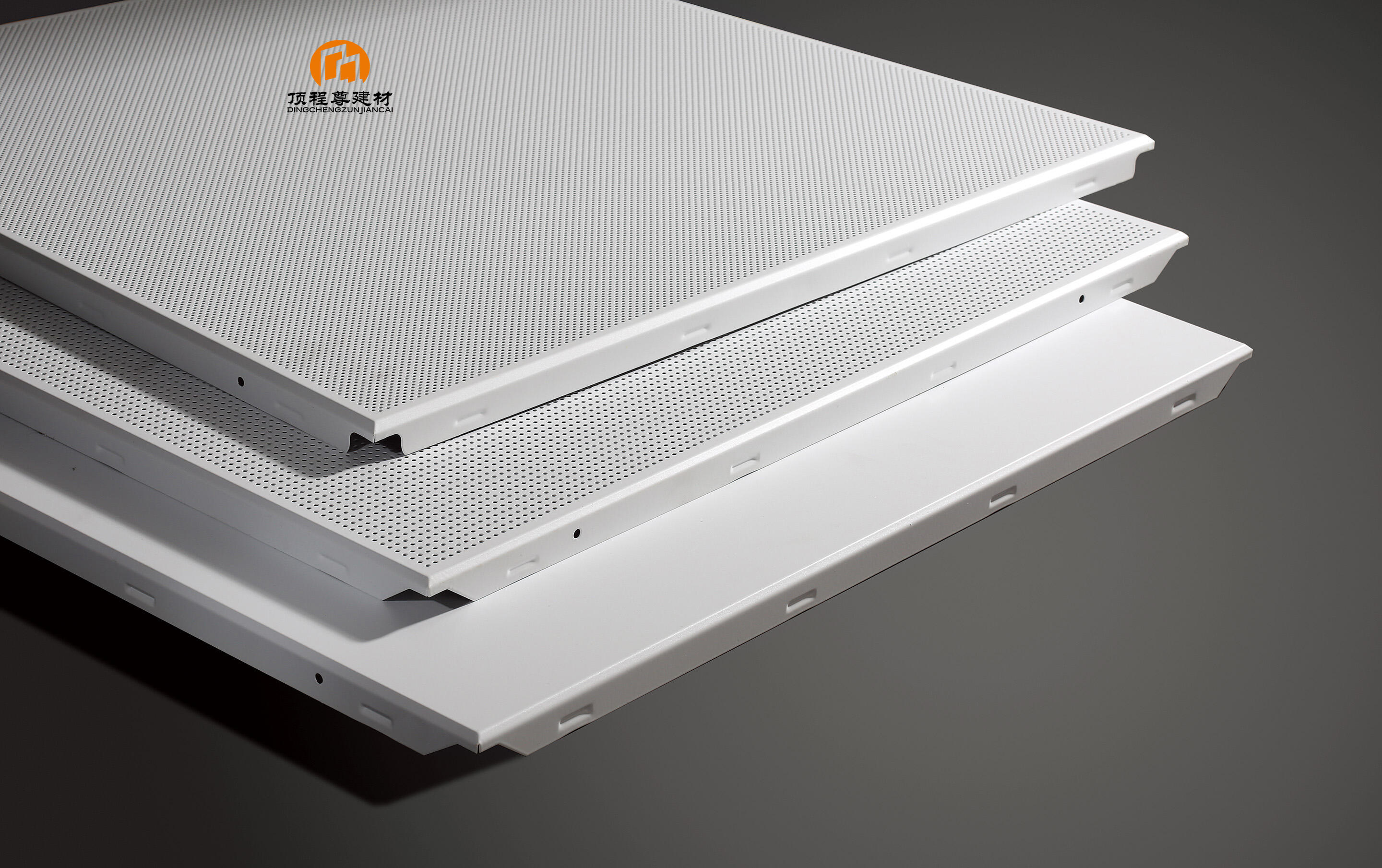Superior Acoustic Performance
White drop ceiling tiles excel in sound management through their advanced acoustic engineering. The tiles feature specially designed core materials that effectively absorb and dampen sound waves, resulting in significant noise reduction between floors and adjacent spaces. This acoustic performance is measured through Noise Reduction Coefficient (NRC) ratings, typically ranging from 0.55 to 0.70, indicating excellent sound absorption capabilities. The tiles microperforated surface structure works in conjunction with the core material to trap and dissipate sound energy, creating more comfortable and productive environments. This feature is particularly valuable in settings where noise control is crucial, such as offices, educational facilities, healthcare environments, and residential spaces.


